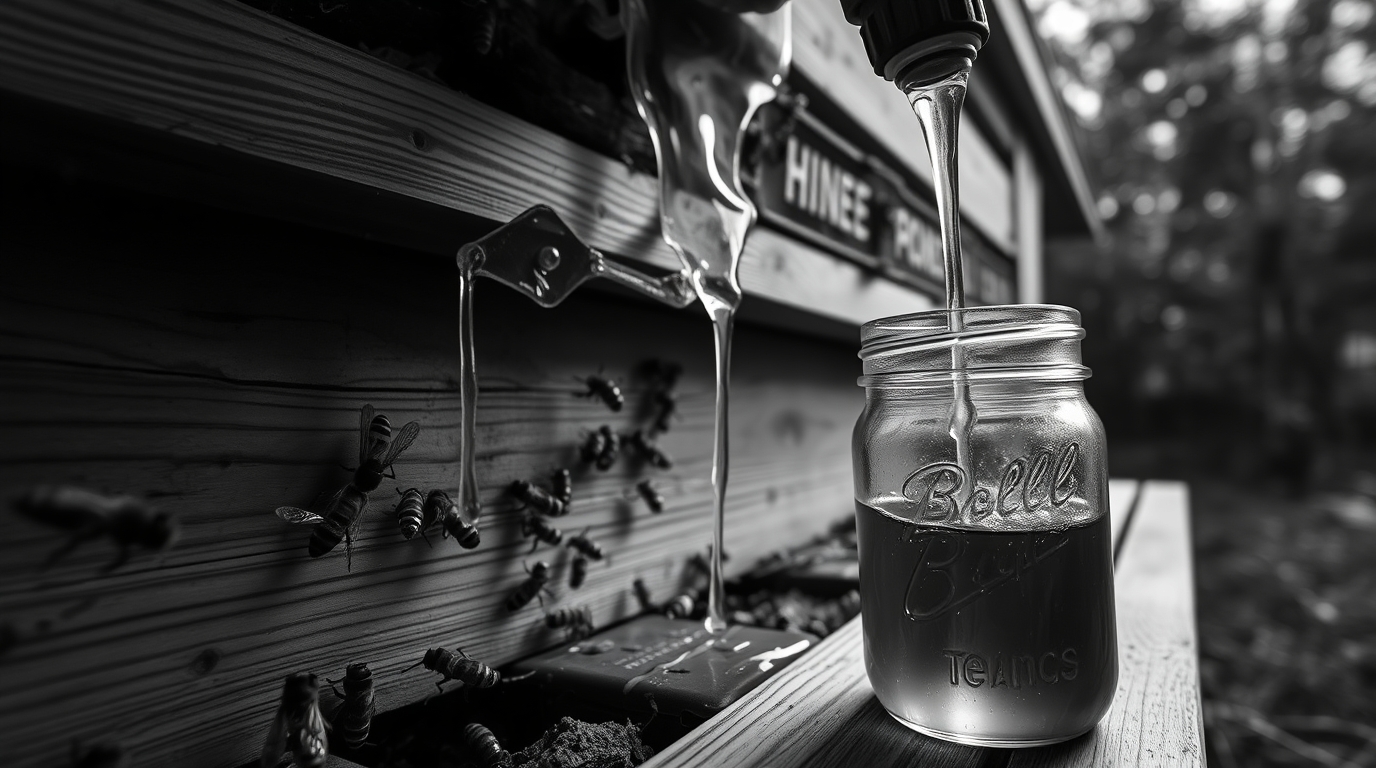Balancing Corporate & Homesteading Lifestyles
Honey: Raw vs Processed

Honey is one of nature’s most incredible superfoods, known for its immune-boosting, antibacterial, and antioxidant-rich properties. But did you know that most store-bought honey is heavily processed, stripping away many of its natural benefits?
Let’s break down the key differences between raw and processed honey and why choosing the right one makes a big difference for your health.
What Is Raw Honey?
Raw honey comes straight from the hive with minimal processing. It is only lightly strained to remove wax or debris but retains:
✔️ Natural enzymes
✔️ Pollen & propolis (great for immunity & allergy relief)
✔️ High levels of antioxidants
✔️ Rich antibacterial properties
Raw honey often has a thicker, more opaque appearance and may crystallize over time—a natural sign of purity.
What Is Processed Honey?
Processed honey is heated, pasteurized, and ultra-filtered to remove pollen and small particles. While this gives it a clearer, smoother look, it also:
❌ Destroys beneficial enzymes
❌ Reduces antioxidant levels
❌ Removes pollen, which is helpful for allergy relief
❌ May contain added sugars or syrups
Many commercial honey brands blend different honey sources or even dilute it with corn syrup, making it less nutritious and far from its original form.
Why Raw Honey Is Better for Your Health
1. Supports Immunity & Allergy Relief
Raw honey contains local pollen, which may help reduce seasonal allergies by gradually building tolerance. It also strengthens the immune system thanks to its natural antibacterial and antifungal compounds.
2. Powerful Antibacterial & Wound-Healing Properties
Raw honey, especially Manuka honey, is known for its antimicrobial effects. It has been used in traditional medicine for:
✔️ Treating minor burns & wounds
✔️ Fighting bacterial infections
✔️ Soothing sore throats
3. Rich in Antioxidants
Raw honey is packed with polyphenols, which help reduce inflammation, support heart health, and fight free radicals that contribute to aging and disease.
4. Natural Digestive Aid
Raw honey contains prebiotics that support gut health and help balance good bacteria in the digestive system. It can also be helpful for acid reflux and minor digestive discomfort.
Does Heating Destroy Honey’s Benefits?
Yes! Heating honey over 95°F (35°C) destroys many of its natural enzymes, reducing its antioxidant and antibacterial properties. Pasteurization (often done at 160°F (71°C)) makes honey less effective medicinally and lowers its overall nutritional value.
How to Keep Honey’s Nutrients Intact
✔️ Use raw honey in warm, not boiling, beverages
✔️ Store it at room temperature
✔️ Use it as a spread, in salad dressings, or drizzled over food
How to Identify Real Raw Honey
With so many brands claiming to sell "raw" honey, here’s how to find the real deal:
✔️ Crystallization – Raw honey thickens over time; if it stays liquid forever, it's likely processed.
✔️ Cloudy Appearance – Natural honey is not always clear; small bits of pollen and propolis are a good sign!
✔️ Label Transparency – Look for "unfiltered," "unpasteurized," and "100% raw" on the label.
✔️ Buy from Local Beekeepers – Small-scale producers often provide the best quality raw honey.
Final Thoughts: Should You Choose Raw or Processed Honey?
If you want maximum health benefits, raw honey is the best choice. It retains its natural enzymes, antioxidants, and immune-boosting compounds, making it far superior to highly processed store-bought honey.
Whether you're using honey for immune support, allergies, digestion, or as a natural sweetener, choosing raw honey ensures you get all the benefits nature intended! 🍯🐝
Have you noticed a difference between raw and processed honey? Let us know in the comments.



